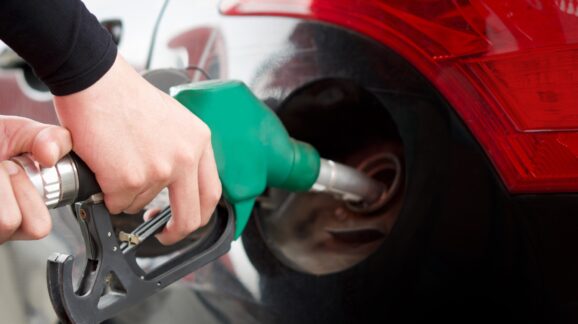More Staycations This Summer, Thanks to Biden’s Gas Price-Raising Agenda

Photo Credit: Getty
Memorial Day Weekend kicks off the summer driving season, and vacationers will be paying record-high gasoline prices—and quite a few families may even have to stay home because of them. Placing blame is complicated, since multiple factors have contributed to the jump at the pump, including ones within government control as well as those outside of it. But what stands out is that President Biden has done nearly everything in his power to raise prices rather than lower them.
It started with candidate Biden saying that he wanted bring an end to the domestic oil industry. He was not merely threatening to increase regulations or taxes or fees, but to kill off the sector entirely for the sake of fighting climate change.
Those were no idle threats. On Inauguration Day, the Biden administration announced several major anti-oil measures, including rejection of the Keystone XL Pipeline as well as blocking of drilling in the Arctic National Wildlife Refuge, likely America’s single most promising untapped prospect.
Such aggressive actions have not abated, nor are they limited to oil producers. The Biden administration has been pressuring banks not to lend money to oil companies, putting a further damper on domestic drilling.
As a result, American oil output, which had been breaking records each year prior to the COVID-19 outbreak, is still struggling to get back to pre-pandemic levels.
Sky-high gasoline prices in an election year has changed the White House rhetoric, but little else. For example, the president now urges oil companies to go out and produce more, but at the same time continues to cancel oil leases on federal lands for climate change reasons.
Granted, there are some price-boosting factors outside of the White House’s control, but even those have been made worse by administration policies. Yes, Putin’s invasion of Ukraine is a factor, but the rising pain at the pump predated the invasion by a full year. More domestic oil could be serving as a calming influence on a petroleum market shaken by overseas turmoil, but not when it stays in the ground. World events would be having less of an impact on gasoline prices here if America was allowed to produce oil full out.
President Biden has never said outright that high gasoline prices are a deliberate part of his climate change agenda, but he may have let the cat out of the bag when he recently described them as part of an “incredible transition”” to a world less reliant on fossil fuels. That’s certainly one way of looking at $4.60 a gallon gas.
Overall, it is hard to say with any certainty how much of the $1.56 per gallon rise over last year can be pinned on the Biden administration’s policies, but there is no doubt that it would have been smaller under policies prioritizing free markets, domestic production, and energy affordability instead of climate change policy.